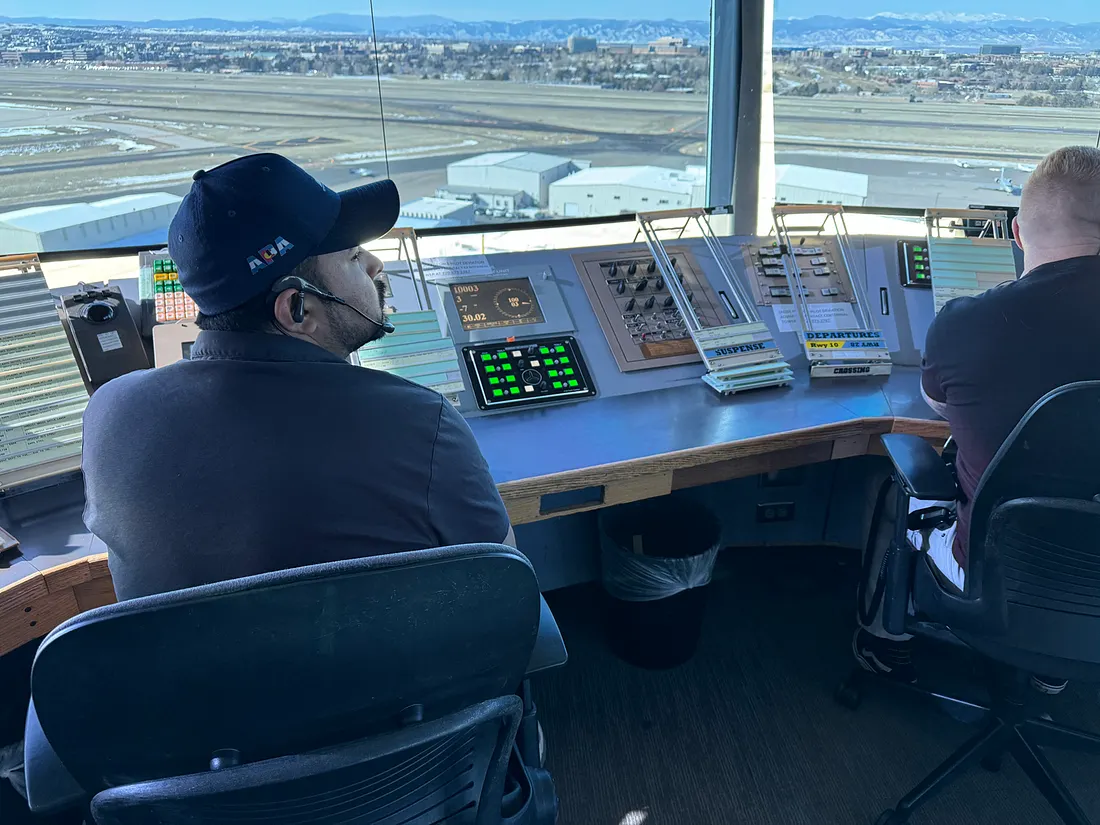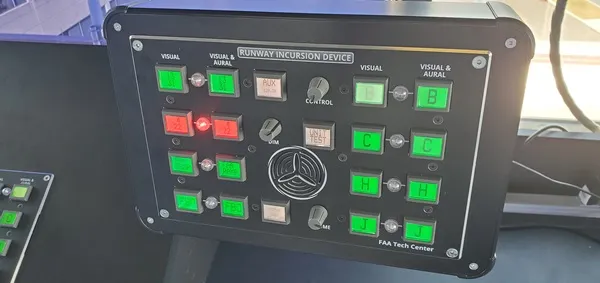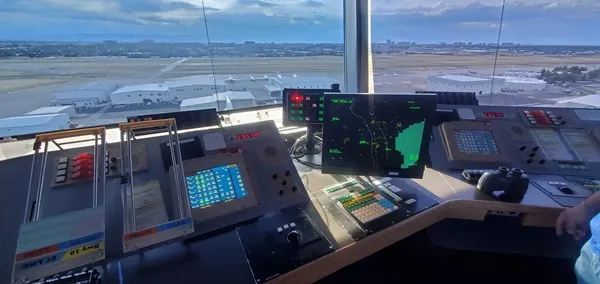FAA Launches Improved Runway Safety Tool
The FAA deployed an improved tool to enhance air traffic controllers’ situational awareness and reduce runway incursions and close calls at U.S. airports.
Why it’s important
The Runway Incursion Device serves as a memory aid to indicate whether an airport runway or taxiway is occupied by a vehicle or aircraft — or closed.
The technology is one of the agency’s three fast-tracked initiatives in its Surface Safety Portfolio, a suite of tools to help reduce runway incursions and wrong-surface takeoffs and landings. It’s operational at Centennial Airport in Colorado, Austin-Bergstrom International Airport in Texas, Charles B. Wheeler Downtown Airport in Missouri and Portland International Airport in Oregon.

The device will be live at Fort Lauderdale-Hollywood International Airport in Florida, Hollywood Burbank Airport in California and Boise Airport in Idaho in the next month. The FAA plans to deploy it at more than 70 additional airports through 2026.
“This is a great awareness tool that is incredibly valuable to tower teams and the flying public,” said Brady Flowers, air traffic manager at Centennial Airport in Colorado, which is the first control tower to get the improved tool. “If there are snowplows or other snow equipment, controllers can set an audible alarm and visual cue. If you’re clearing someone for takeoff or clearing someone to land on an occupied runway, it will alert you with an audible ‘check runway’ and flashing light.”
How it works
When a runway is occupied, the controller presses a button on the device indicating the runway is occupied, and a light flashes red for that surface area. When the runway is clear, the controller toggles the button, and the runway availability indicator turns green. With the aural alert activated, “check runway” sounds when a controller toggles the button to communicate with a pilot, reminding the controller about occupied surfaces.
The FAA designed and built a standardized device at the William J. Hughes Technical Center in Atlantic City, New Jersey, to replace unsupportable RIDs dating back to the 1980s.
Staff at each tower can customize each new RID to provide alerts on taxiways and up to eight runways to help controllers improve situational awareness and move traffic safely.
“Each site can use RID as they see fit,” said FAA hardware engineer and RID architect Jack Brooks. “It’s totally programmable. Most controllers identify runways; some taxiways; some ramps.”

Where and when the FAA is deploying the memory aid
The Centennial Airport control tower, about 15 miles southwest of Denver, has four Runway Incursion Devices placed throughout the tower cab as of Jan. 31.
“This is something that controllers can rely on in their daily operations to help them remember which runways are unavailable,” said the FAA’s Matthew McCann, who is overseeing the rollout of the technology.

More runway safety initiatives
RID is one of many tools the FAA is rolling out to end close calls at airports. Visit our Surface Safety Portfolio to view an interactive surface safety data visualization and more information on RID and the other tools in the portfolio. Get more details on the FAA’s other runway safety initiatives and technologies.
